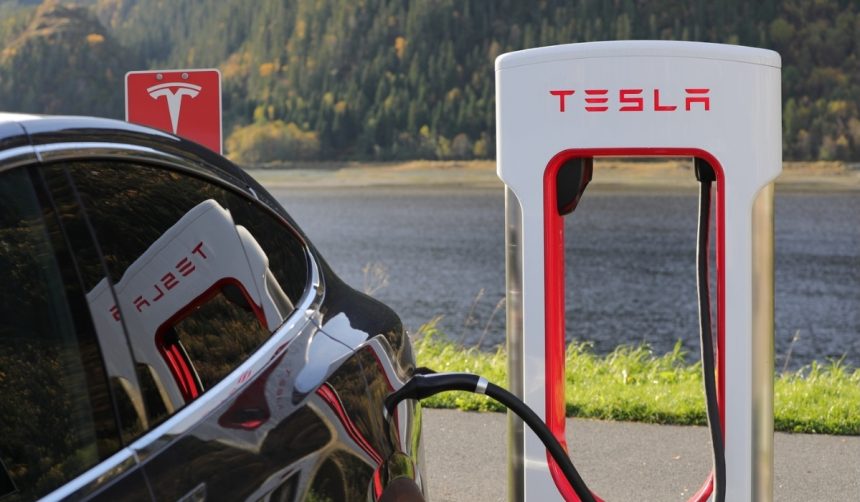Sales data from China’s auto market in May highlighted a significant shift as the Tesla Model Y outperformed rivals to become the country’s leading SUV. Tesla’s performance has attracted attention not only for its volume but also for its pricing strategy in relation to its competition. Chinese consumers continue to evaluate their options between local brands and foreign entrants as electric vehicle adoption rises and market preferences change. These developments raise questions about the sustainability of market dominance and what top performers must deliver to maintain their edge in China’s highly competitive SUV segment.
Tesla Model Y last led the monthly charts in December 2023, only to face setbacks in the earlier months of 2024, as competitors such as BYD’s Song series gained market share. Sales figures for the Model Y have been closely followed, with earlier periods showing the BYD Song Plus taking the lead by small margins. The ongoing contest between Tesla and local brands reflects fluctuations in consumer demand, pricing strategies, and production adjustments. Research from recent periods also pointed to the impact of new entrant vehicles and shifting consumer incentives, which have influenced both Tesla’s and BYD’s performance in China’s new energy vehicle market.
What Brought Tesla Model Y Back on Top?
The Model Y surpassed its competitors in May, registering 24,770 units according to China EV DataTracker. This total was slightly ahead of the BYD Song Plus, which posted 24,240 registrations, as well as Geely’s Xingyue L, which managed 21,014 units. The Model Y’s resurgence followed a month where it was narrowly beaten, signaling a rebound in consumer demand likely aided by recent updates and marketing efforts.
Do Broader Sales Trends Affect Individual Success?
Although Tesla achieved the top SUV slot, its total sales numbers reveal ongoing challenges. From January to May, Tesla sold 201,926 vehicles, reflecting a 7.8% year-over-year decrease. The company’s May sales alone—38,588 vehicles—represented a 30% drop compared to the previous year. Observers attribute these shifts in part to Tesla’s recent transition to a new Model Y version, which temporarily interrupted availability and influenced registration totals.
Is Export Performance Impacting Tesla’s Market Share?
Tesla’s Shanghai Gigafactory exports also contributed to the changing sales landscape, with 90,949 vehicles shipped overseas in the first five months of 2025—a 33.4% year-over-year fall. Despite this, May exports increased by 33% compared to April, indicating some short-term recovery. Meanwhile, the broader Chinese new energy vehicle market expanded, with 1,021,000 NEVs sold in May, marking a 28% rise year-over-year and underscoring intensified domestic competition.
“The rise of the Tesla Model Y in our market shows a clear shift in consumer priorities, with many now choosing higher-priced electric SUVs over both traditional and hybrid competitors,” said an unnamed automotive analyst familiar with the Chinese EV market.
The surge of the Model Y in China’s SUV market follows a persistent tussle with leading domestic brands. Tesla’s higher price point sets it apart from local options like BYD’s Song Plus and Geely’s Xingyue L, adding complexity to its appeal in a price-sensitive yet status-conscious market. The drop in year-over-year sales and exports during the retooling phase illustrates the volatility inherent in automotive manufacturing and consumer preference cycles, especially as new models disrupt established trends. Buyers and industry observers should closely monitor the pace of Tesla’s product updates, changes in consumer incentives, and the rapid evolution of local competitors. Comparing recent history, Model Y’s performance underscores not only the challenge incumbent on foreign brands to adapt quickly, but also the flexibility required to maintain momentum in China’s swiftly expanding and dynamic electric vehicle market.










